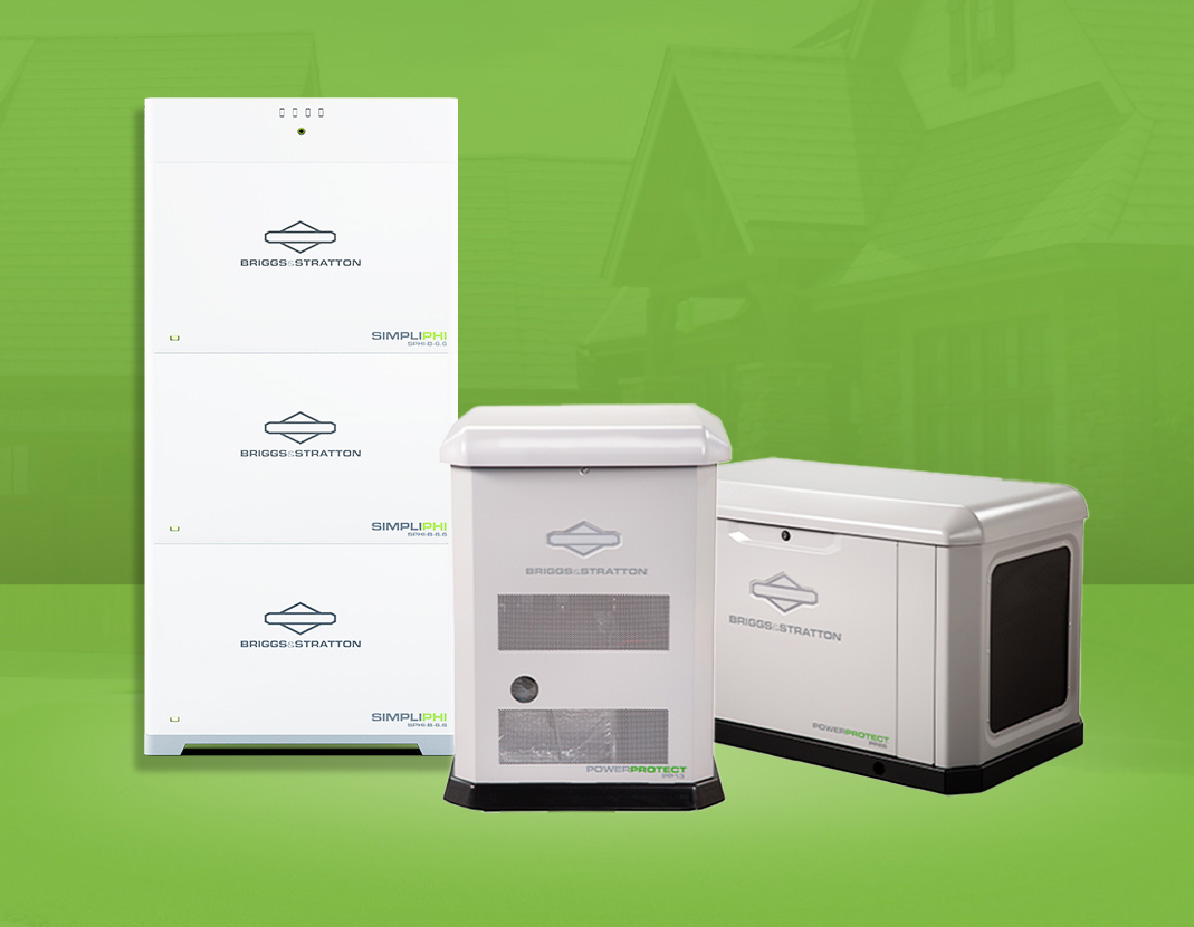Tax season can be stressful, but it also presents an opportunity to save money. If you've made energy-efficient upgrades to your home, you might be eligible for valuable tax credits thanks to the Inflation Reduction Act (IRA). With the US tax return deadline looming, If you are about to file your 2024 tax return or are planning for 2025, it's the perfect time to explore these potential savings. Briggs & Stratton is here to help you understand how clean energy tax credits can benefit you.
Key Tax Credits for Homeowners (Including the 30% Credit):
The IRA has introduced and expanded several tax credits that can significantly reduce the cost of installing qualifying clean energy technologies. Here are a few key ones:
- Residential Clean Energy Credit: This credit offers a 30% tax credit on qualified expenses for new, clean energy property for your home. This includes:
- Solar electric panels
- Solar water heaters
- Fuel cells
- Wind turbines
- Geothermal heat pumps
- Battery storage technology
- Energy Efficient Home Improvement Credit: This credit can help offset the costs of making energy-saving improvements to your home. Qualifying improvements include:
- Insulation
- Energy-efficient windows, doors, and skylights
- Heat pumps
- Water heaters

Why This Matters for Homeowners:
These tax credits, especially the significant 30% credit, make clean energy solutions more affordable. By taking advantage of them, you can:
- Reduce your upfront costs: The 30% tax credit can significantly lower the initial investment in solar panels, battery storage, or other energy-efficient systems.
- Increase your home's value: Energy-efficient upgrades can make your home more attractive to buyers.
- Lower your energy bills: Clean energy technologies can reduce your reliance on traditional energy sources, leading to long-term savings.
- Contribute to a cleaner environment: Investing in clean energy helps reduce carbon emissions and promotes a more sustainable future.
Briggs & Stratton and Clean Energy:
Briggs & Stratton is committed to providing homeowners with reliable and innovative energy solutions. We offer a range of products that can help you take advantage of clean energy tax credits, including:
Home energy storage systems: Our energy storage solutions allow you to store solar energy and use it when you need it most, maximizing your savings and providing backup power.
How to Claim Your Credits:
To claim these tax credits, you'll typically need to:
- Ensure your purchases qualify: Check the specific requirements for each tax credit to ensure your installations meet the criteria.
- Keep detailed records: Maintain receipts and documentation of your purchases and installation costs.
- File the appropriate tax forms: You'll likely need to fill out specific IRS forms when filing your tax return. Consult the IRS website or a tax professional for guidance.
Don't Wait – Act Now!
With the 2024 tax return deadline approaching and your home renovation planning for 2025, it's crucial to act now to determine your eligibility for these valuable clean energy tax credits, including the 30% IRA credit. Take advantage of this opportunity to save money, improve your home, and contribute to a cleaner environment.

Where to Find More Information:
- Visit the IRS website for detailed information on the Residential Clean Energy Credit: Residential Clean Energy Credit
- For more information on rebates and incentives, Please visit: Rebates & Incentives
- Consult with a qualified tax professional for personalized advice.
Conclusion:
Clean energy tax credits, especially the 30% IRA credit, offer a significant opportunity for homeowners to save money and invest in a more sustainable future. Don't let these valuable benefits pass you by – explore your options and claim your credits before the tax return deadline!
*Briggs & Stratton is not providing tax advice and that readers should consult with a qualified tax professional.

Ready to experience true energy independence?
Request a consultation with a Briggs & Stratton dealer or installer near you by clicking the button below.




